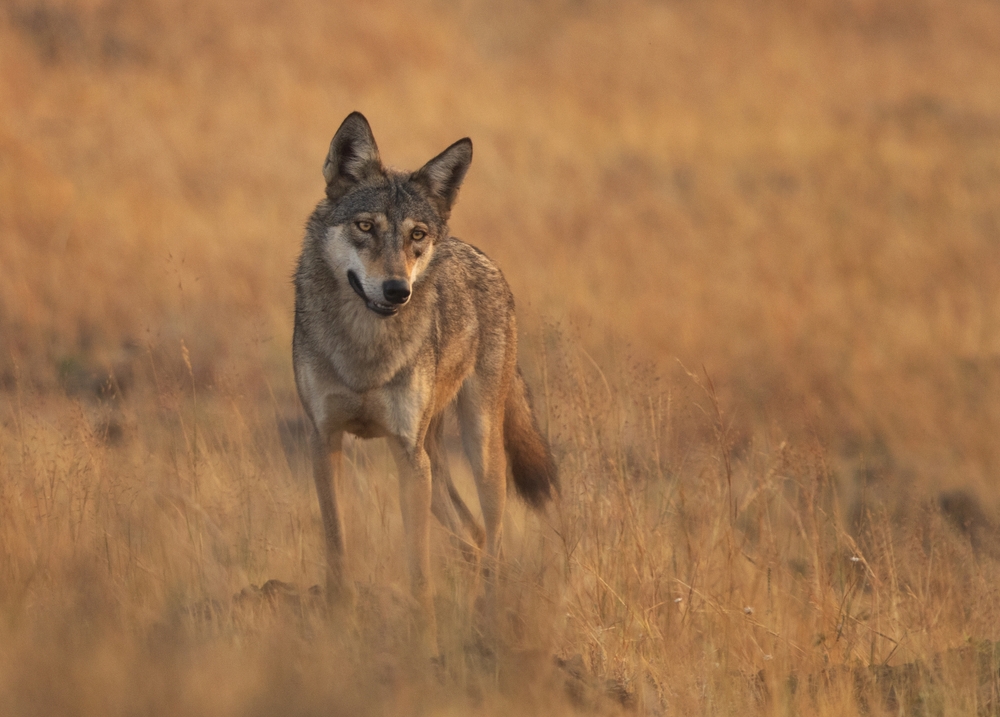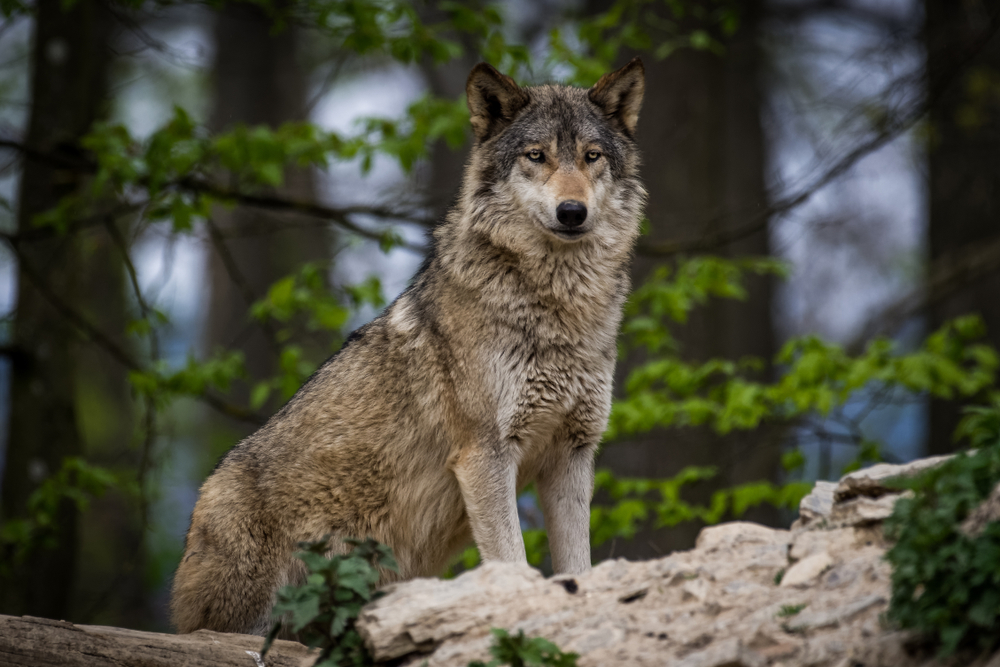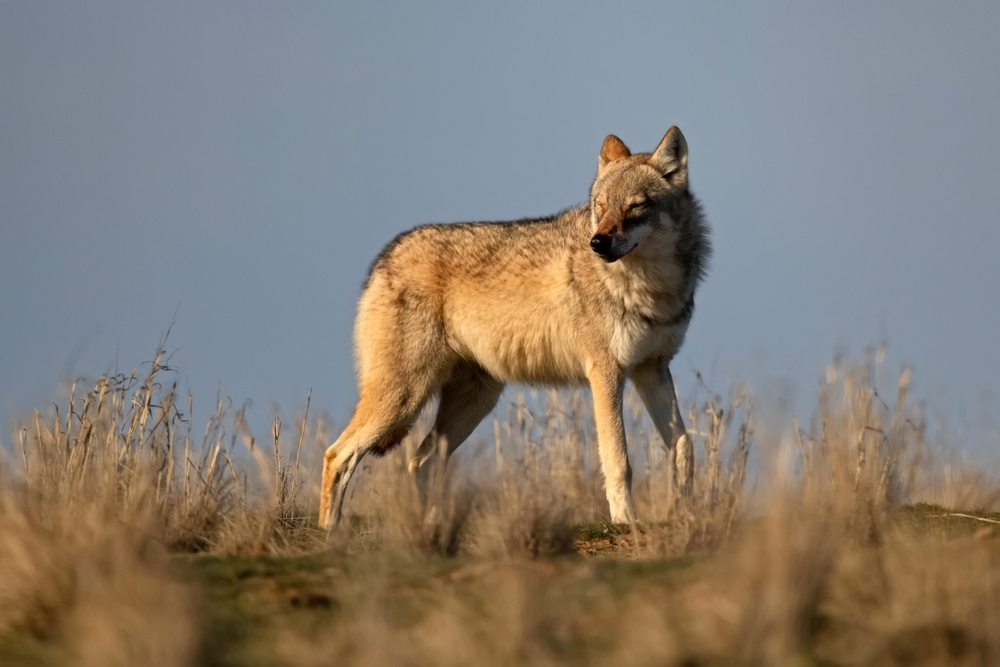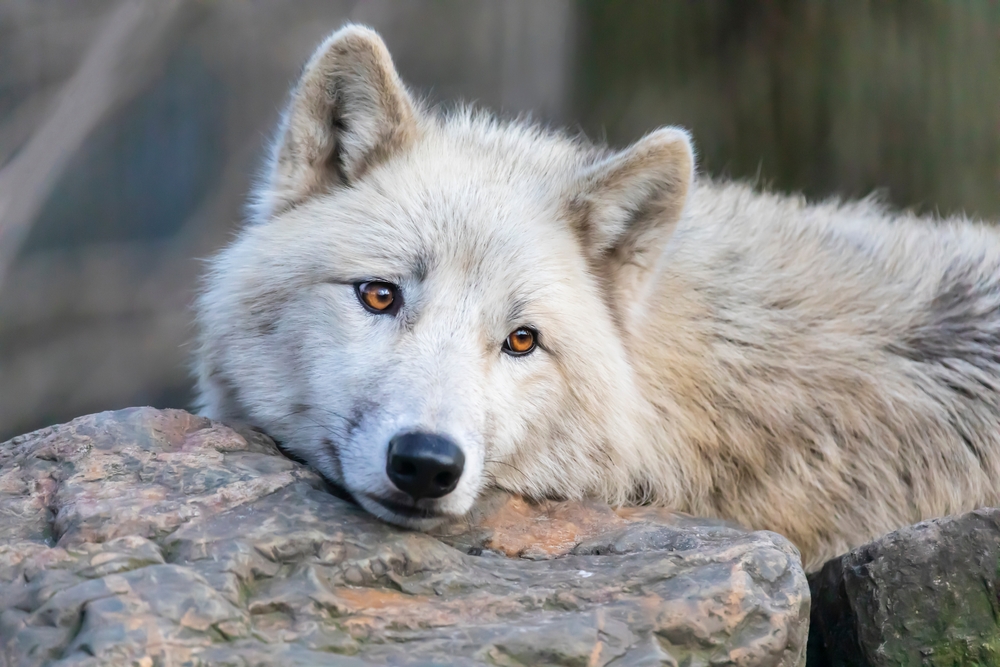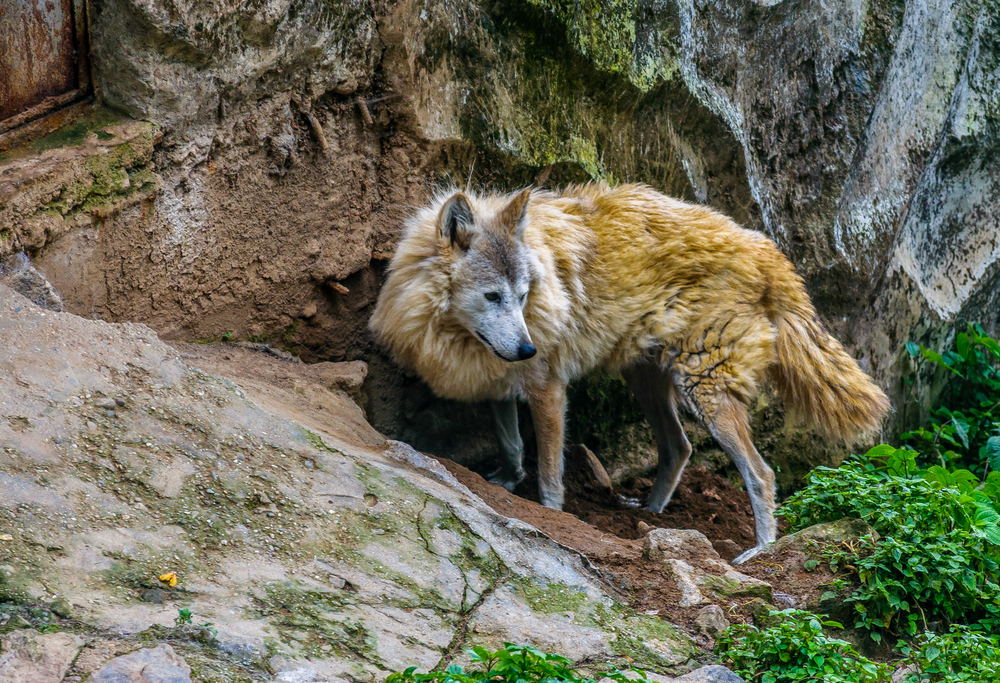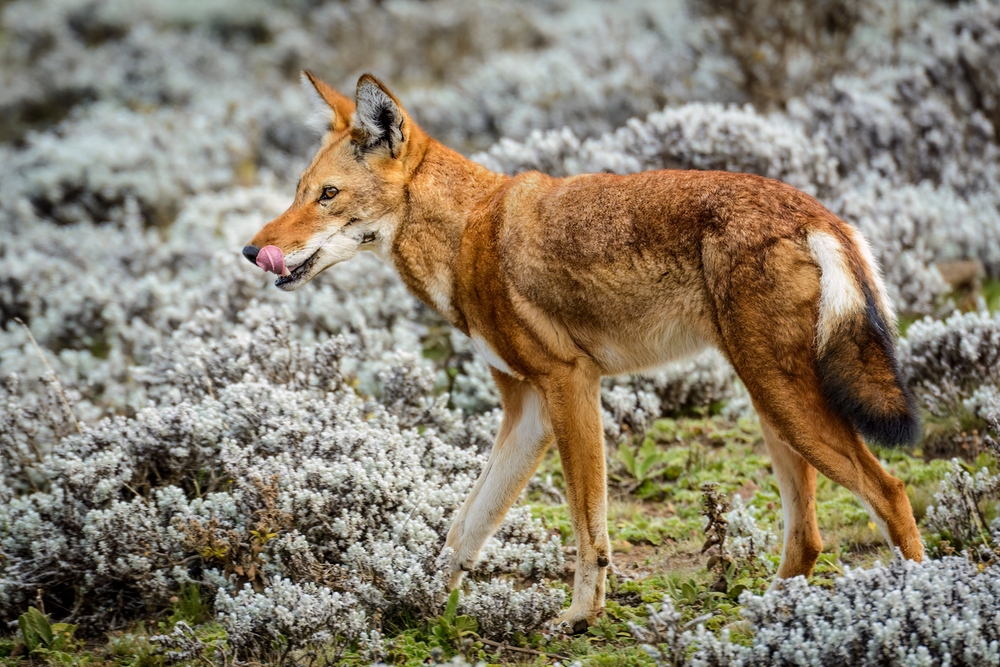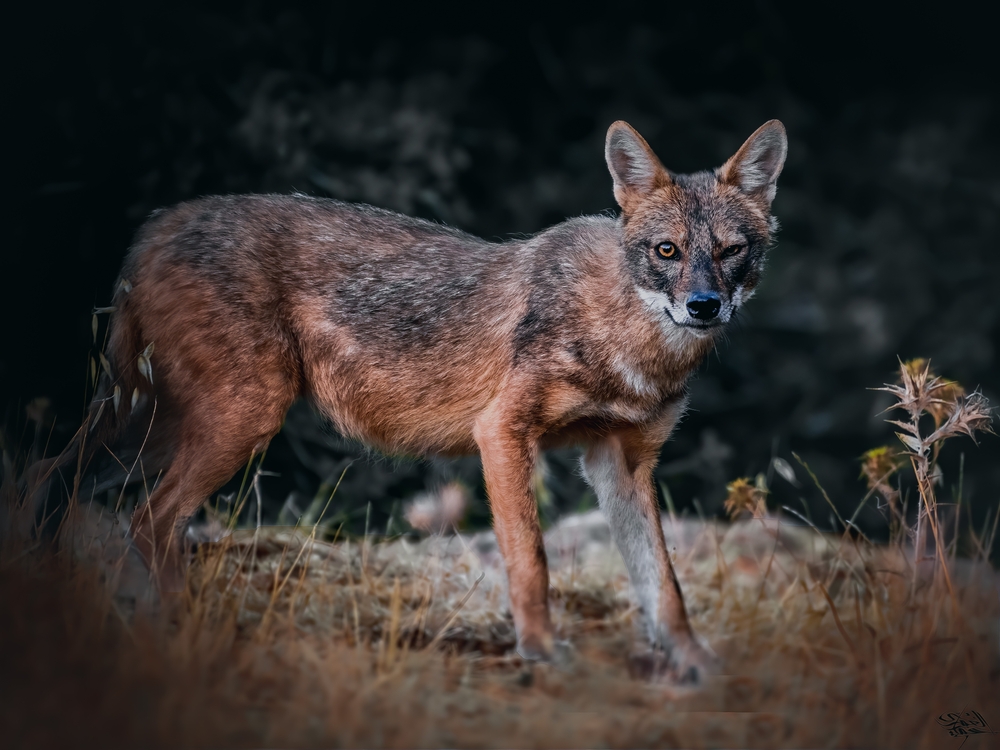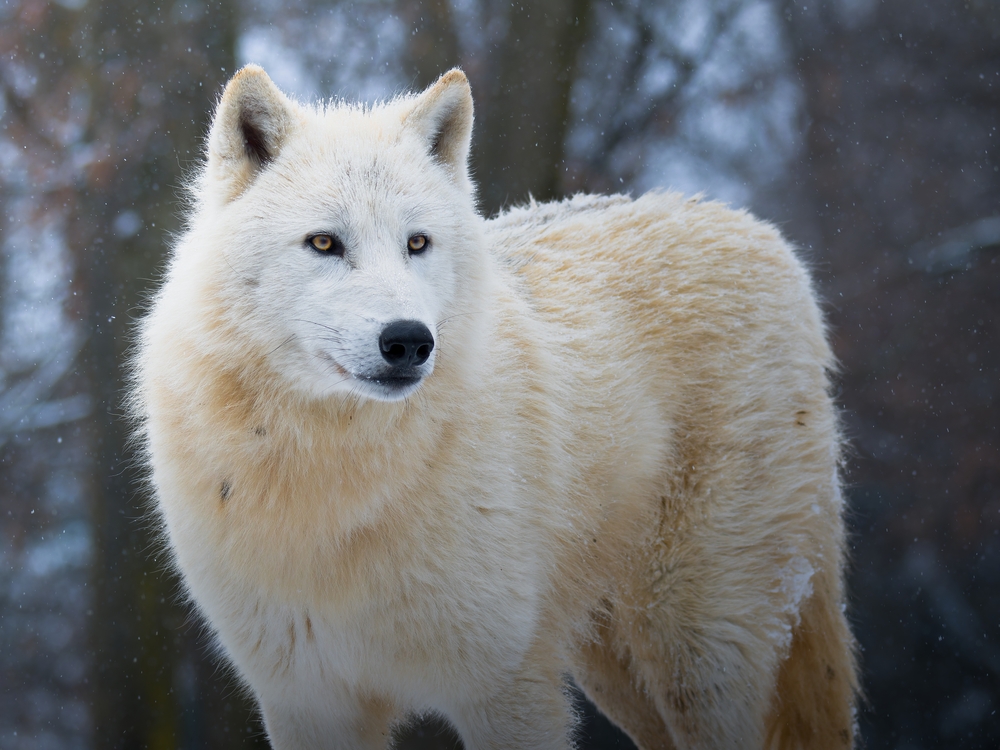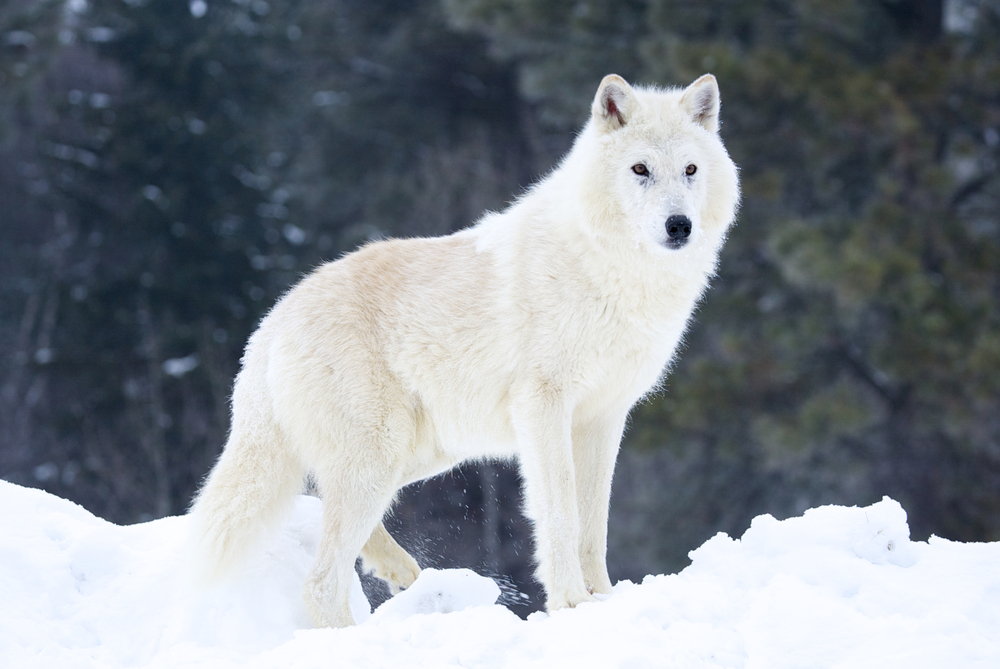About
The Indian wolf (Canis lupus pallipes) is a small, slender subspecies of the gray wolf native to the Indian subcontinent, including India, Pakistan, Nepal, and parts of Iran. It belongs to the Canidae family and is uniquely adapted to hot, dry environments, such as scrublands, semi-arid grasslands, and open plains. Unlike its northern relatives, the Indian wolf has a shorter, thinner coat and a more gracile build, suited to the heat and terrain of its native range.
Indian wolves typically weigh between 18–27 kilograms (40–60 pounds), with a narrow chest, long legs, and light brown to grayish fur that provides camouflage in dry habitats. Unlike most gray wolves, they tend to live in smaller family units or pairs rather than large packs. They are known for their remarkable endurance, capable of traveling long distances to locate prey.
Their diet consists primarily of small to medium-sized animals such as hares, rodents, antelope, and livestock—sometimes bringing them into conflict with pastoral communities. Indian wolves are highly intelligent and stealthy hunters, often relying on cooperation and strategy rather than brute strength.
The Indian wolf is one of the most threatened wolf subspecies, with populations fragmented and declining due to habitat loss, poaching, retaliatory killings, and competition with feral dogs. It is classified as Endangered in India, where an estimated 2,000–3,000 individuals remain in the wild. Conservation efforts focus on habitat protection, community-based coexistence strategies, and legal enforcement.
Genetically distinct and possibly one of the most ancient wolf lineages, the Indian wolf represents an irreplaceable component of South Asia’s natural heritage and evolutionary history.
Threatened:
Extinct
Critically Endangered
Endangered
Vulnerable
Near Threatened
Least Concern



































































